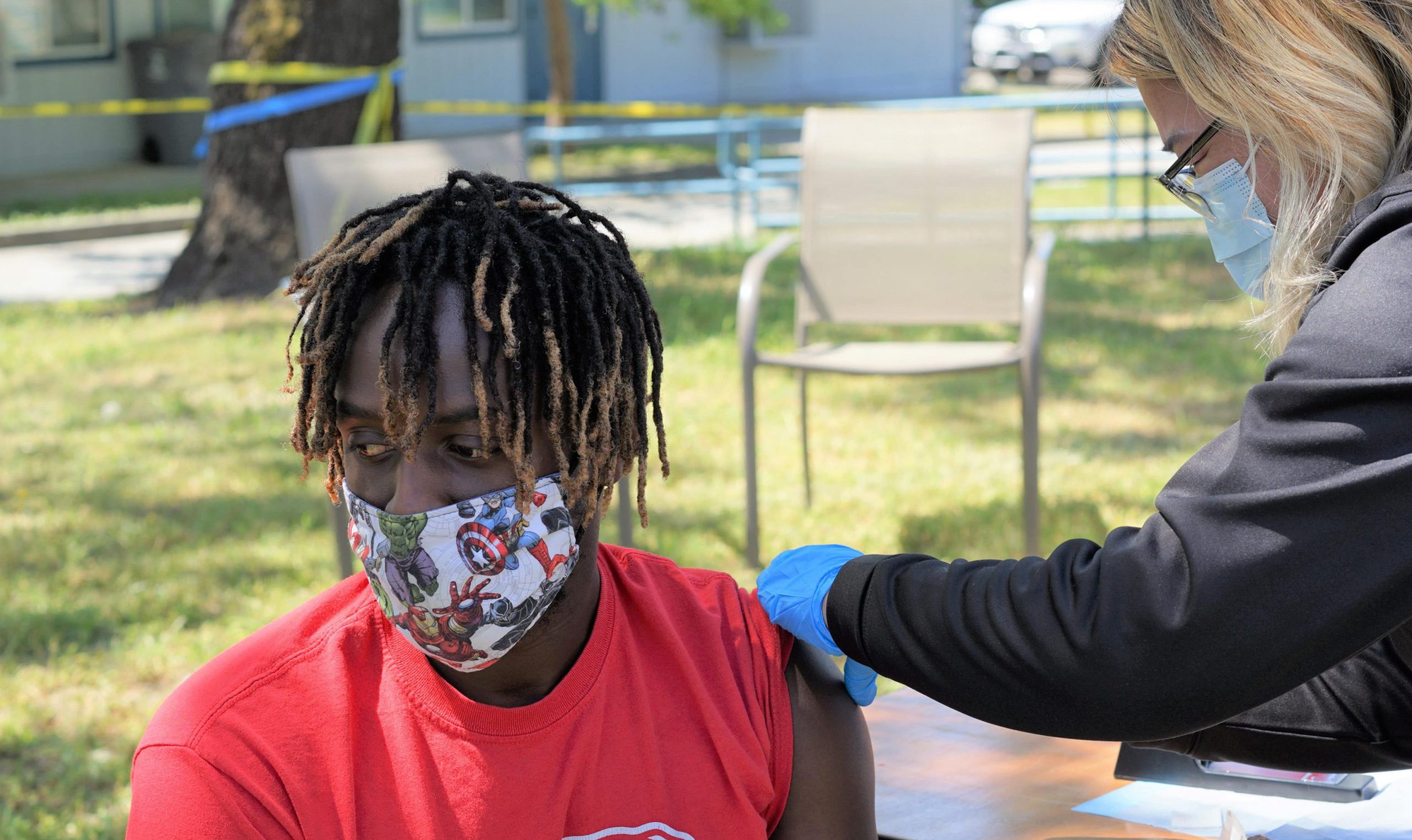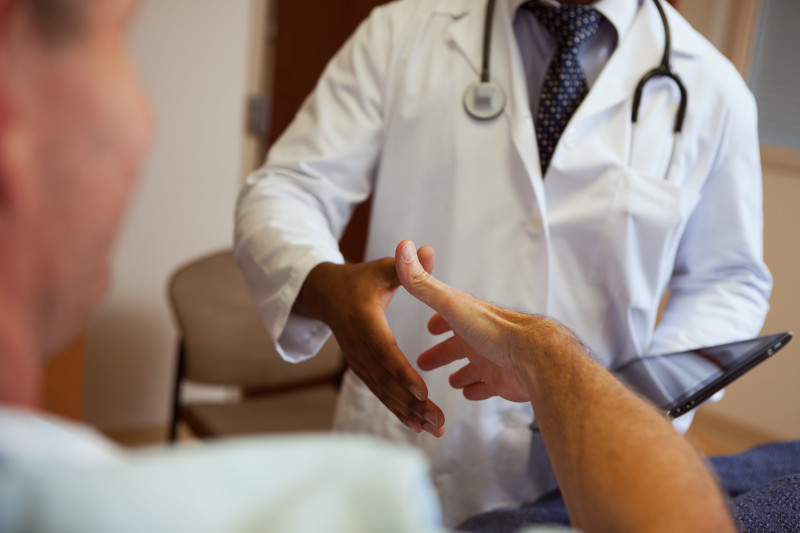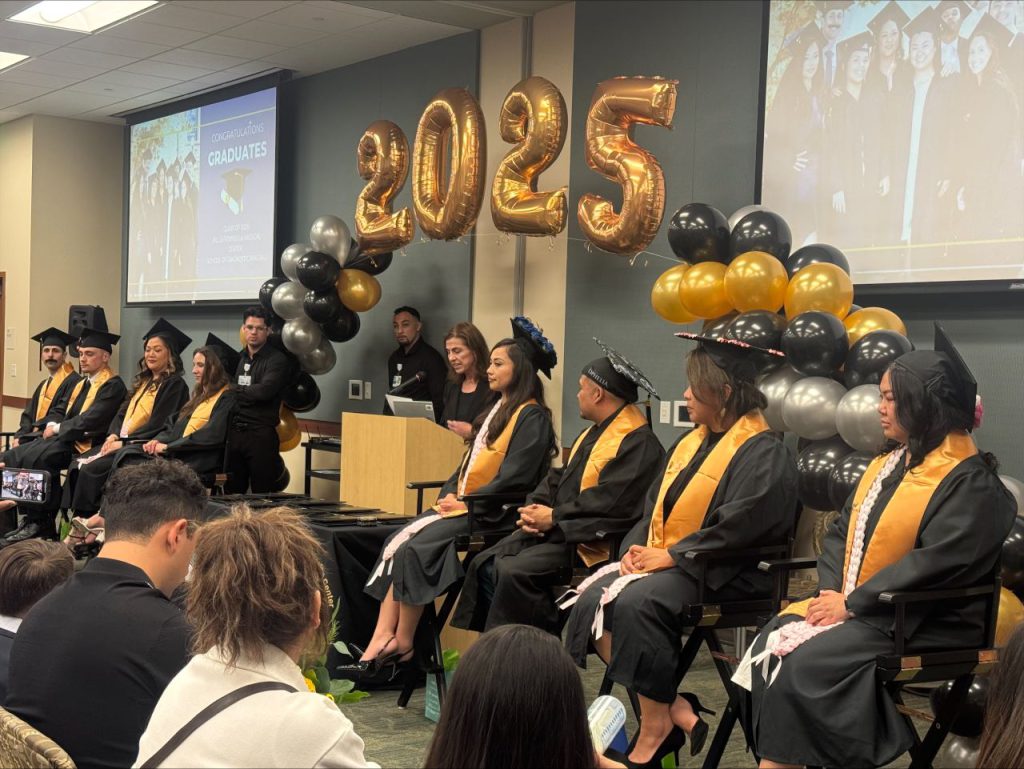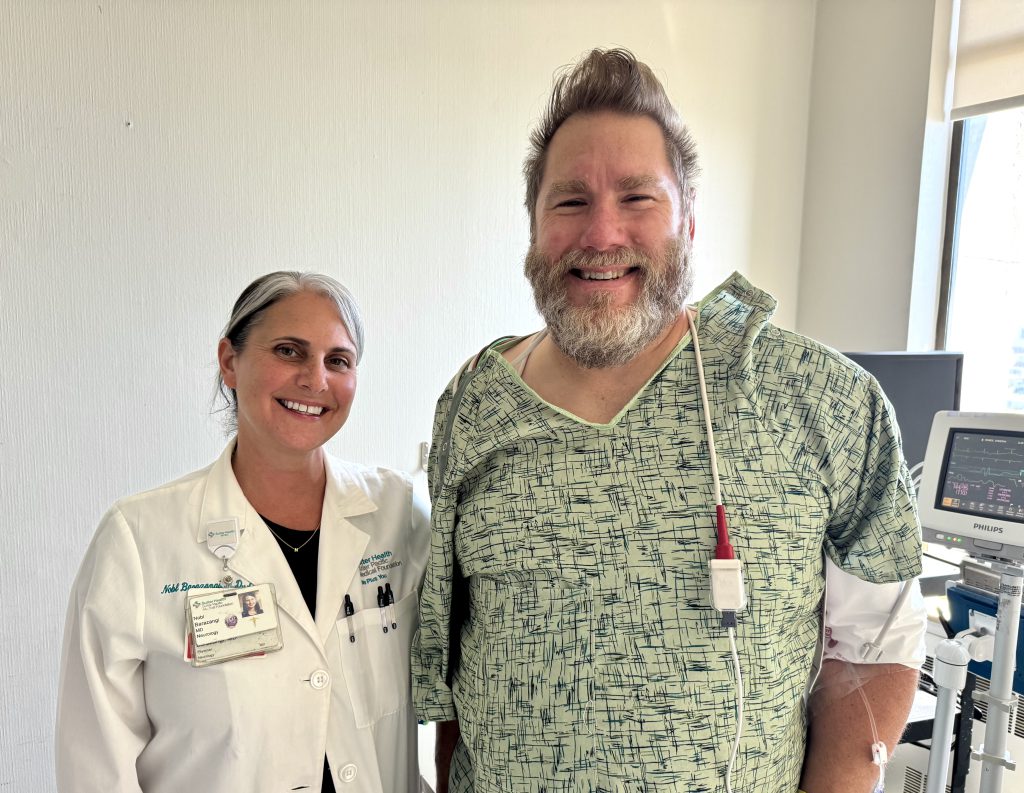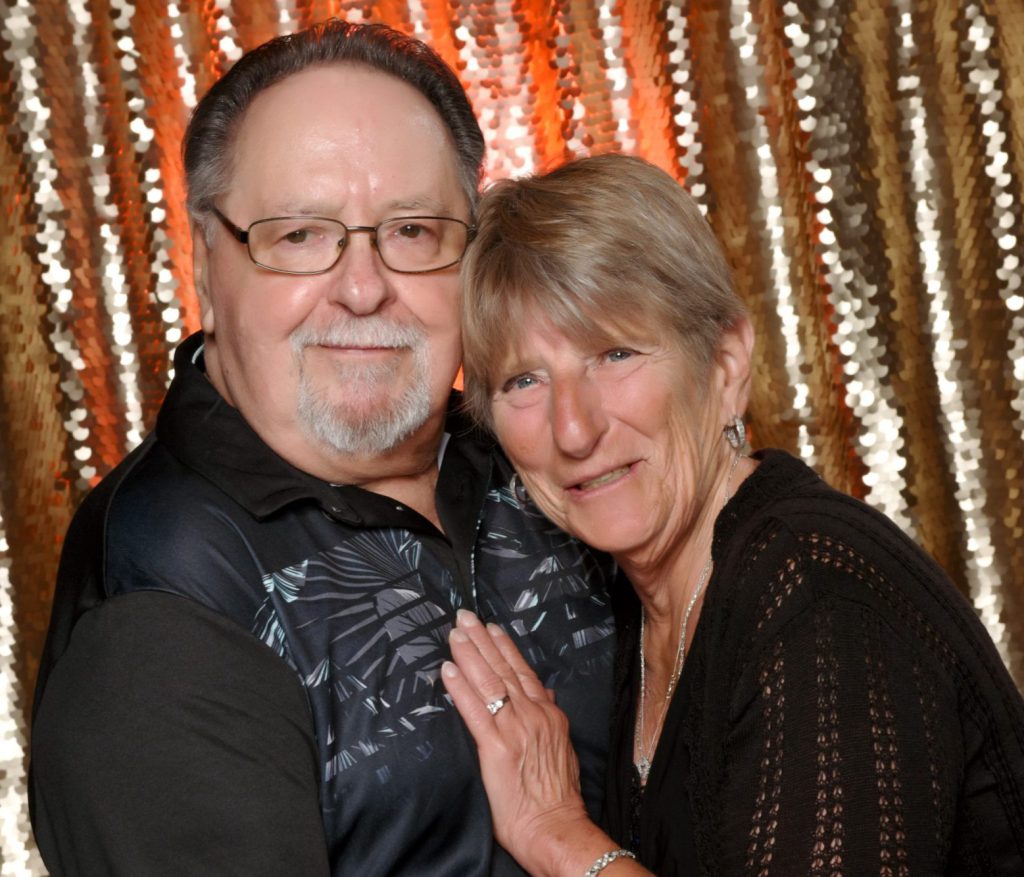By Meg Walker, Vitals contributor
Even before news surfaced that lifesaving vaccines would soon be available to protect the public from COVID-19, leaders and clinicians at Sutter Health knew they faced another challenge: What is the best way to safely get “shots in the arms” for people who may have trouble getting to a clinic, they don’t feel comfortable in a medical setting, or they have other barriers?
“We knew the virus had affected some communities disproportionately and wanted our vaccination efforts to be as equitable as possible,” said Jennifer Louie, M.D., an urgent care physician who helped organize the Sutter Bay Medical Foundation’s community vaccination effort. “We knew it was important to bring the vaccine to communities that might have a hard time getting it.”
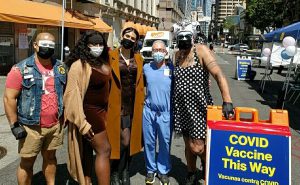
Sutter clinicians reached out to many groups throughout the Bay Area with education and vaccinations, including the LBGQT+ community in San Francisco.
Thanks to a strong partnership with leaders of Sutter’s Community Benefit department, teams across the organization have reached out to many at-risk populations. They offered either education about COVID-19 vaccines or directly provided vaccinations at pop-up clinics or through reserved appointments at one of Sutter’s mass vaccination sites.
“We know from previous work on vaccine hesitancy that listening to concerns and answering questions before someone has formed a deeply ingrained opinion on the matter is often the best way to overcome that hesitancy,” said Barry Eisenberg, M.D., a Palo Alto Medical Foundation internist. “It is especially effective if the education is delivered by a person who is viewed as trustworthy and understanding, like a local physician, a leader in their community, or someone the vaccine-hesitant person can identify with on a personal level.”
He and Laura Holmes, M.D., an urgent care doctor at PAMF, worked with their physician colleagues and Sutter community outreach coordinators to host dozens of vaccine education events for Bay Area community groups, schools and companies. They reached hundreds of community members who in turn could reach out to their contacts and spread the word to thousands.
Special populations targeted for education included farm workers, low-income communities, minorities and the disabled. The doctors also specifically recruited colleagues who represented certain minority groups to do the educational presentations because some groups, including African Americans and the LGBTQ+ community, had powerful historical reasons to distrust public health messaging, Dr. Eisenberg explained.
Pop-Up Events Bring Vaccine to Thousands
The pop-up clinics — held at different spots in the Bay Area — were designed with a similar thoughtful approach. Sutter’s Community Benefit team worked with their nonprofit partners to identify groups that wanted vaccines and could host a pop up clinic outside the medical setting, somewhere more familiar to local folks. Then a mobile vaccine committee headed by Dr. Louie, and Angela Lu, a service line director at PAMF, recruited dozens of clinician and staff volunteers to administer the vaccine.
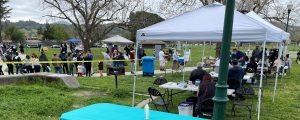
Sutter clinicians provided the staff and vaccine for several pop-up clinics, including this one in Santa Rosa, which was very successful.
“We always asked our community partner, what do you need and what do you feel like will bring the greatest number of people to the event?” said Bindi Gandhi, Bay Area community health director. “What we are finding around vaccine hesitancy and education is that for folks who have questions or are skeptical of the vaccine, providing the vaccine in a setting that they are comfortable and familiar with, and using trusted leaders, helps provide an assurance for the process.”
The result: During the spring and early summer, they organized almost 30 events and administered 2,114 doses of vaccine.
The clinics served diverse populations, including people with physical or behavioral disabilities, caregivers, members of the African American, Latino and Polynesian communities, farm workers, people in high-risk occupations, low-income residents and artists.
“People were happy to be there, happy that they didn’t have to go to a scary place since we brought the vaccine to them,” Lu said. “For many, it’s unlikely they would have gotten the shot elsewhere. We told ourselves: ‘Every shot saves a life, and this is one extra person we are saving.’ ”
A Rewarding Experience for Staff, Too
Clinicians and staff said that the atmosphere at the pop-up clinics made a positive difference, not just for the patients, but for them, too. Volunteering to protect special populations was a standout experience in their career.
Stephanie Chiang, M.D., a pediatrician at PAMF, worked at some of the first pop-clinics held at the Third Baptist Church of San Francisco. “I was motivated for the opportunity to work with underserved communities and provide vaccines for those who have more barriers to getting them, be it access or hesitancy,” Dr. Chiang explained. “I’m always looking for ways to be of service to our community as a clinician, outside of the day-to-day work that I do at Sutter.”
David Eric Collins, M.D., a neurologist at Sutter East Bay Medical Foundation, volunteered at a pop-up clinic that was part of a health fair held in honor of Cesar Chavez Day.
“Having the clinic outdoors in a park, with children playing, balloons and salsa music blaring, made it less of a medical clinic and more of an event bringing the community together,” he said. “It was great fun. I would do it again. “
For Joseph Schwartz, M.D., a family medicine doctor at PAMF, working at the Santa Rosa event continued his volunteer work improving the health of underserved communities. He has volunteered at clinics in Watsonville and Guatemala.
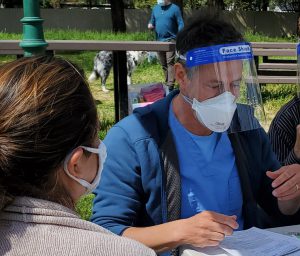
Dr. Joseph Schwartz, right, helped to vaccinate many people in underserved communities in the Bay Area and even abroad. “I felt it was important to give back to these communities and help reassure them that these vaccines are safe and effective,” he said.
“With the advent of the pandemic, I was not able to travel internationally,” he said “and I realized how close by I was to similar communities. It’s no secret about the economic disparities affecting healthcare and how disproportionately the pandemic hit communities like the one we went to on Cesar Chavez Day. So, I felt it was important to give back to these communities and help reassure them that these vaccines are safe and effective.”
Jennifer Williams, M.D., a family practice physician for Sutter Pacific Medical Foundation, summed up the day: “COVID is a once-in-a-lifetime tragedy, and I felt the need to be part of the solution more than just providing support in the background,” she said. “It was one of the most gratifying experiences I have had in my life. From the organizers all the way to the people who came for vaccines, the energy was positive and the feeling was that this was what would really make a difference.”

